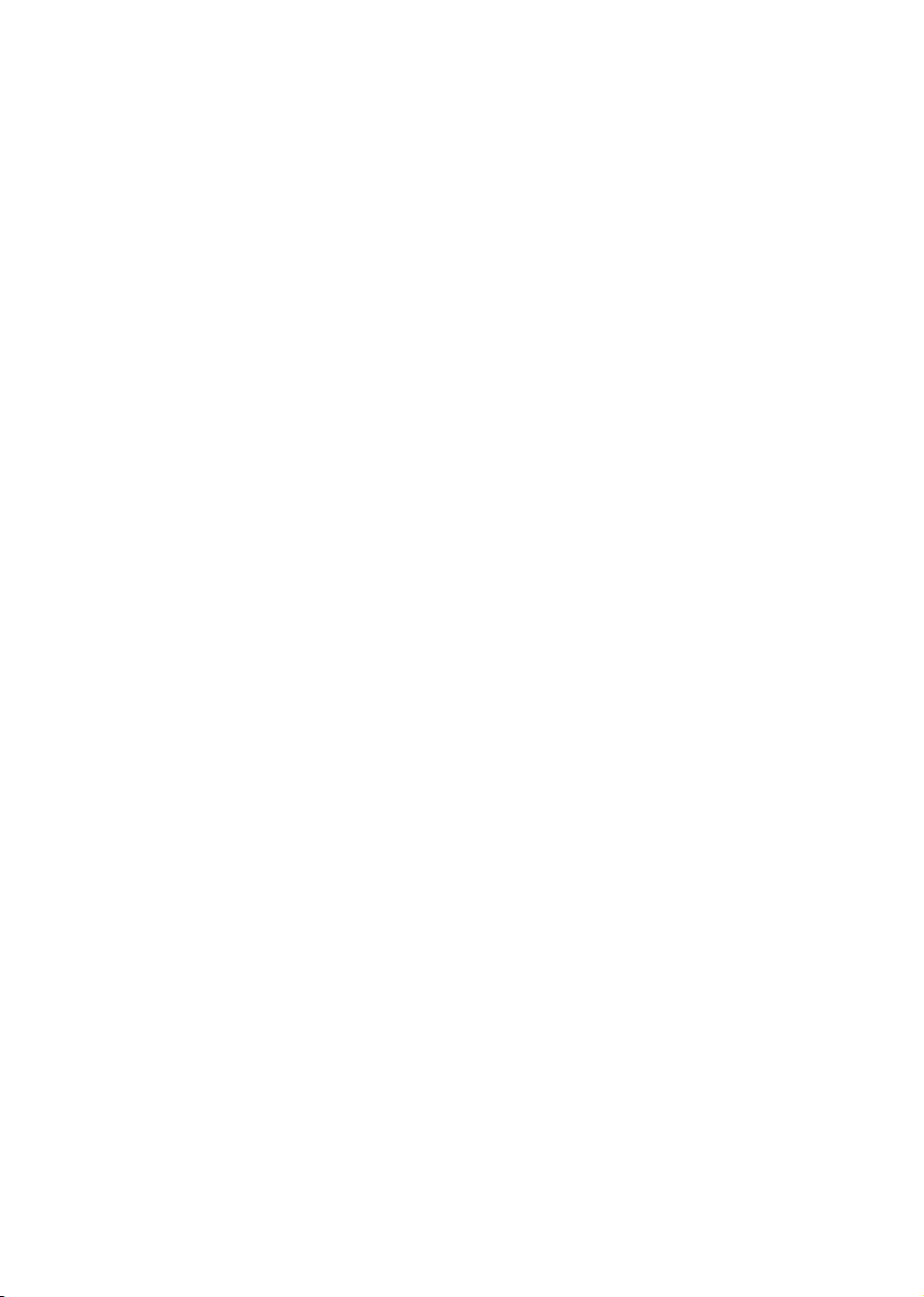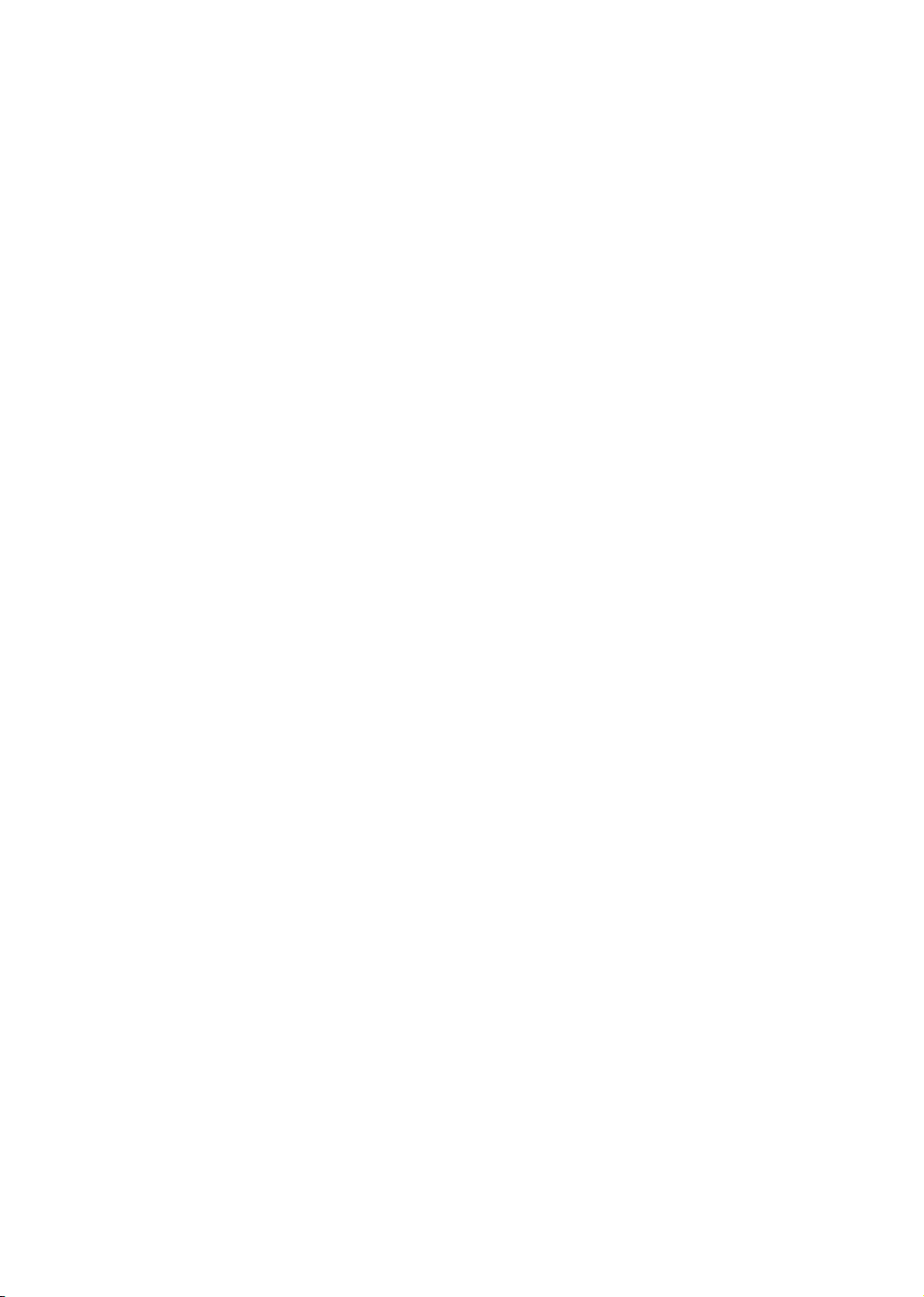CACI No. 4411. Punitive Damages for Willful and Malicious Misappropriation
Judicial Council of California Civil Jury Instructions (2023 edition)
Download PDF
4411.Punitive Damages for Willful and Malicious
Misappropriation
If you decide that [name of defendant]’s misappropriation caused [name of
plaintiff] harm, you must decide whether that conduct justifies an award
of punitive damages. The purposes of punitive damages are to punish a
wrongdoer for the conduct that harmed [name of plaintiff] and to
discourage similar conduct in the future.
In order to recover punitive damages, [name of plaintiff] must prove [by
clear and convincing evidence] that [name of defendant] acted willfully
and maliciously. You must determine whether [name of defendant] acted
willfully and maliciously, but you will not be asked to determine the
amount of any punitive damages. I will calculate the amount later.
“Willfully” means that [name of defendant] acted with a purpose or
willingness to commit the act or engage in the conduct in question, and
the conduct was not reasonable under the circumstances at the time and
was not undertaken in good faith.
“Maliciously” means that [name of defendant] acted with an intent to
cause injury, or that [name of defendant]’s conduct was despicable and
was done with a willful and knowing disregard for the rights of others.
“Despicable conduct” is conduct so vile, base, or wretched that it would
be looked down on and despised by ordinary decent people. [Name of
defendant] acted with knowing disregard if [he/she/nonbinary pronoun/it]
was aware of the probable consequences of [his/her/nonbinary pronoun/
its] conduct and deliberately failed to avoid those consequences.
New December 2007
Directions for Use
Give this instruction if there is evidence that the defendant acted willfully and
maliciously, so as to support an award of punitive damages. (See Civ. Code,
§ 3426.3(c).)
No reported California state court case has addressed whether the jury or the court
should decide whether any misappropriation was “willful and malicious,” and if so,
whether the finding must be made by clear and convincing evidence rather than a
preponderance of the evidence. In Ajaxo Inc. v. E*Trade Group Inc. (2005) 135
Cal.App.4th 21, 66 [37 Cal.Rptr.3d 221], the court affirmed a jury’s finding by clear
and convincing evidence that the defendant’s misappropriation was willful and
malicious. If the court decides to require the “clear and convincing” standard,
include the bracketed language in the first paragraph and also give CACI No. 201,
Highly Probable - Clear and Convincing Proof.
Once the jury finds “willful and malicious” conduct, it appears that the court should
1241

decide the amount of punitive damages. (See Robert L. Cloud & Assocs. v. Mikesell
(1999) 69 Cal.App.4th 1141, 1151, fn. 8 [82 Cal.Rptr.2d 143].). This would be
consistent with the Uniform Trade Secrets Act, on which the California Uniform
Trade Secrets Act is based. (See Uniform Trade Secrets Act § 3, 2005 com. [“This
provision follows federal patent law in leaving discretionary trebling to the judge
even though there may be a jury, compare 35 U.S.C. Section 284 (1976)”].)
Sources and Authority
• Exemplary Damages for Willful and Malicious Misappropriation. Civil Code
section 3426.3(c).
• Attorney Fees and Costs. Civil Code section 3426.4.
• “The court instructed the jury that ‘willful’ means ‘a purpose or willingness to
commit the act or engage in the conduct in question, and the conduct was not
reasonable under the circumstances then present and was not undertaken in good
faith.’ Further, the court instructed the jury that ‘malice’ means ‘conduct which is
intended by the defendant to cause injury to the plaintiff or despicable conduct
which is carried on by the defendant with a willful and conscious disregard for
the rights of others when the defendant is aware [of] the probable consequences
of its conduct and willfully and deliberately fails to avoid those consequences.
Despicable conduct is conduct which is so vile and wretched that it would be
looked down upon and despised by ordinary decent people.’ In addition, the
court instructed the jury that a finding of willful and malicious misappropriation
must be supported by clear and convincing evidence. [¶] Our Supreme Court has
recognized that malice may be proven either expressly by direct evidence
probative of the existence of hatred or ill will, or by implication from indirect
evidence from which the jury may draw inferences.” (Ajaxo Inc., supra, 135
Cal.App.4th at pp. 66-67, internal citations and footnote omitted.)
• “The limitation on punitive damages under the UTSA to twice the compensatory
damages does not create an equivalency between an award of punitive damages
under the UTSA and an award of treble damages under another statutory
scheme. . . . While an award of treble damages is equally punitive in its effect,
the computation of the penalty is strictly mechanical. In contrast, an award of
punitive damages under the UTSA is subject to no fixed standard; the statute
merely sets a cap on the amount of the award. The trial court retains wide
discretion to set the amount anywhere between zero and two times the actual
loss. (§ 3426.3, subd. (c).) Thus, evidence of the defendant’s financial condition
remains essential for evaluating whether the amount of punitive damages
actually awarded is appropriate.” (Robert L. Cloud & Assocs. supra, 69
Cal.App.4th at p. 1151, fn. 8.)
• “In order to justify [attorney] fees under Civil Code section 3426.4, the court
must find that a ‘willful and malicious misappropriation’ occurred. That
requirement is satisfied, in our view, by the jury’s determination, upon clear and
convincing evidence, that defendants’ acts of misappropriation were done with
malice. This finding was necessary to the award of punitive damages which was
CACI No. 4411 TRADE SECRETS
1242

made by the jury.” (Vacco Industries, Inc. v. Van Den Berg (1992) 5 Cal.App.4th
34, 54 [6 Cal.Rptr.2d 602].)
Secondary Sources
13 Witkin, Summary of California Law (11th ed. 2017) Equity, § 93
Gaab & Reese, California Practice Guide: Civil Procedure Before Trial - Claims &
Defenses, Ch. 10(II)-E ¶¶ 10:385-10:388 (The Rutter Group)
1 Milgrim on Trade Secrets, Ch. 15, Trial Considerations, § 15.02[3][i] (Matthew
Bender)
3 Levy et al., California Torts, Ch. 40, Fraud and Deceit and Other Business Torts,
§ 40.54[5] (Matthew Bender)
49 California Forms of Pleading and Practice, Ch. 565, Unfair Competition,
§ 565.103[7][c] (Matthew Bender)
Edelson & Kay, eds., Trade Secret Litigation and Protection in California (State Bar
of California 2009) § 11.05
TRADE SECRETS CACI No. 4411
1243
© Judicial Council of California.